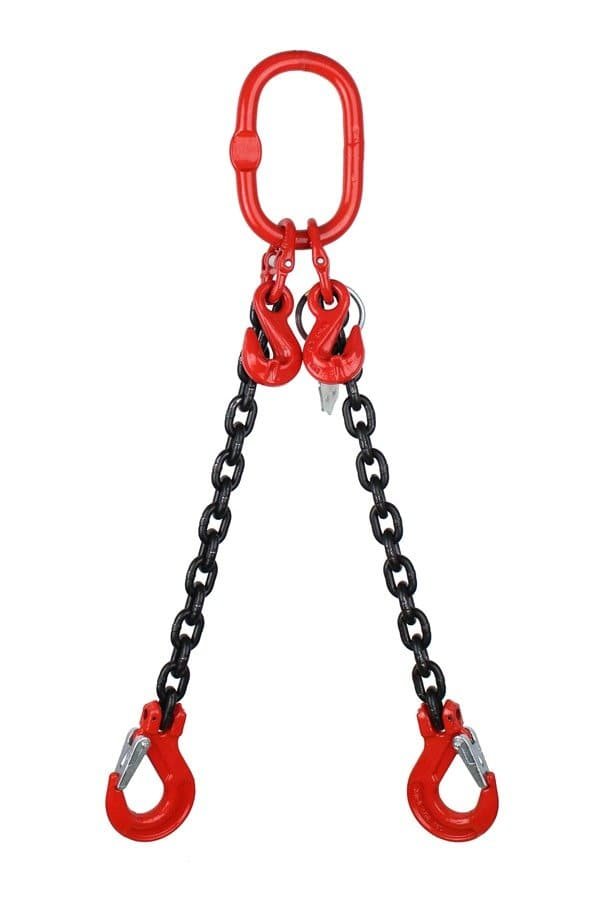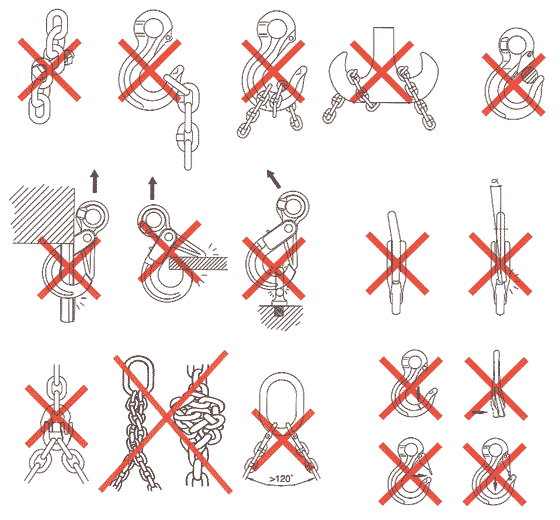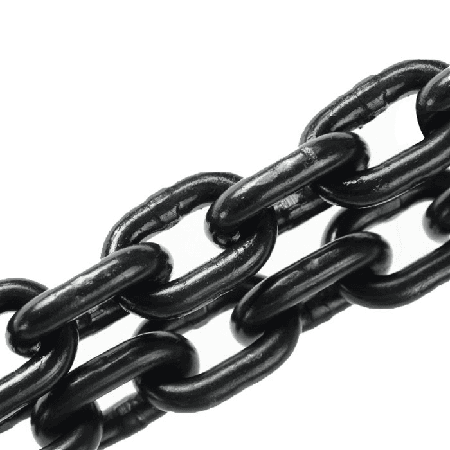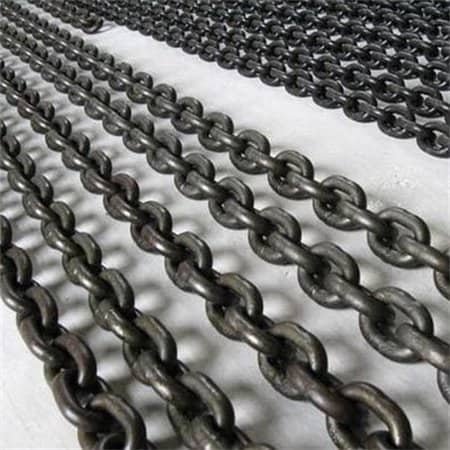How to Extend the Lifespan of Lifting chain slings: Maintenance and care Guide
Do you know how long will the lifting chain sling last? Understand the Factors Affecting the Lifespan of Lifting Chain Slings and Master Key.

In the industrial sector, lifting chain slings are crucial tools for ensuring the safe lifting and handling of heavy loads. Whether in construction, manufacturing, or logistics, chain slings play a vital role in operations. However, many people may overlook the maintenance and care of these slings, leading to premature damage and even safety accidents. So, how can you extend the lifespan of lifting chain slings?
Factors Affecting the Lifespan of Lifting Chain Slings
The lifespan of lifting chain slings is influenced by several factors. Understanding these factors can help you better manage the equipment and extend its service life.
Load and Frequency of Use
The load capacity and frequency of use are key factors that affect the lifespan of chain slings. Overloading or frequent use will accelerate wear and tear.
Environmental Conditions
The operating environment of a lifting chain sling also has a significant impact on its lifespan. Humidity, extreme temperatures, corrosive gases, or saltwater environments can all accelerate the corrosion of the chain, causing degradation of its steel structure. Chain slings used in coastal areas or chemical plants.
Improper Handling

Improper handling or incorrect use can significantly reduce the lifespan of lifting chain slings. For instance, using mismatched lifting equipment, improper alignment of the chain and hook, or excessive bending can cause damage.
How to Care for and Maintain Lifting Chain Slings
Regular maintenance and proper care are effective ways to extend the lifespan of lifting chain slings.
Regular Inspection and Cleaning
Regularly inspect the chain sling for signs of wear and tear, and clean any dirt, oil, rust, or debris from the chain. Use warm water and mild detergent to clean the sling, ensuring it is thoroughly dry to prevent moisture-related corrosion.
Lubrication
Lubricating the chain sling can help reduce friction and wear, extending its lifespan. Use appropriate lubricating oil or grease, and apply it regularly to keep the chain running smoothly.
Protective Storage
When not in use, store the chain sling in a dry, clean, and temperature-controlled environment. Avoid exposure to harsh weather conditions such as rain, snow, or humidity to minimize corrosion and rust risks. Ensure the sling does not come into contact with any corrosive substances, and try to avoid long exposure to direct sunlight.
Inspect for Wear and Damage
Regularly check the chain sling for signs of wear, including elongation, corrosion, cracks, or broken links. If you notice any damage, replace the sling immediately.
Inspection and Replacement Cycles for Chain Slings
To ensure the safety of lifting chain slings, regular inspections and timely replacement are essential.
Inspection Standards
- Elongation: Check if the chain has undergone excessive elongation. Typically, if the chain has extended by more than 10%, it should be replaced.
- Corrosion and Rust: If the chain shows significant rust or corrosion, it should be replaced.
- Cracks and Breakage: If the chain has visible cracks or broken links, it must be replaced immediately.
- Weld Inspection: Inspect the chain’s welds to ensure there are no cracks or looseness.
Replacement Cycle
There is no fixed replacement cycle for lifting chain slings as it depends on factors like frequency of use and working environment. However, it is generally recommended to:
- Perform an annual inspection, especially if the sling is used in high-load environments.
- Inspect the chain after it reaches the manufacturer’s recommended inspection cycle.
- Replace the sling if any abnormalities, such as excessive wear or corrosion, are observed during operation.
Conclusion
Extending the lifespan of lifting chain slings not only helps increase equipment efficiency but also reduces the risk of safety accidents. By regularly inspecting, maintaining, lubricating, and properly storing the sling, you can significantly extend its service life.


